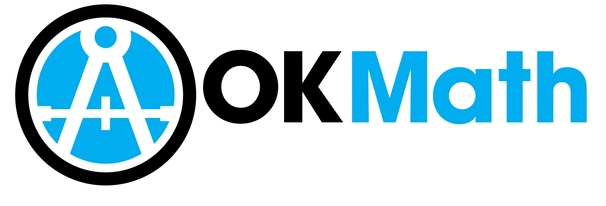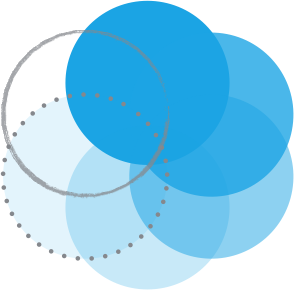The OSDE STEM team is excited to announce an incredible opportunity for all Oklahoma schools with the MSP Mini Grant 2013! This grant can range from $20,000 to $100,000 in one time funding! This is a unique opportunity resulting from carryover funds from the 2012-2013 total funding allotment, which are in jeopardy of expiring and being returned to the federal government.
Due to the time limitations associated with the expenditure of this carryover funding, our primary interest is creating a simple grant structure that allows for the immediate awarding of funds so that they might be encumbered no later than September 30, 2013. The structure of this Mini Grant will require a short abstract write up and pitch packet to be completed by August 6, and a pitch delivery to the OSDE STEM team on August 13 or 15.
[scbutton link=”http://ok.gov/sde/math-and-science-partnership-msp-mini-grant” target=”blank” variation=”red” size=”small” align=”none”]MSP Mini Grant[/scbutton]
Timeline Summary:
- Packet of Intent due August 6
- Pitch Day – August 13 or 15
- Awards Announced – August 16
Excerpt from Section V of the Introduction:
V. Allowable Activities
|
Key Goals |
NCLB Title 2, Part B (Section 2202.c) Authorized Activities |
|
(1) Increasing science / math teacher content knowledge
|
Creating opportunities for enhanced and ongoing professional development of mathematics and science teachers that improves the subject matter knowledge of such teachers. |
|
(2) Promoting teaching skills |
Promoting strong teaching skills for mathematics and science teachers and teacher educators, including integrating scientifically-based and technology-based teaching methods. |
|
(3) Establish and operate science/math summer workshops or institutes. |
Not available for the MSP Mini Grant. |
|
(4) Recruiting math, engineering, science majors into teaching
|
Recruiting mathematics, engineering, and science majors into teaching through the use of: (A) signing and performance incentives; (B) stipends for certification through alternative routes; (C) scholarships to pursue advanced course work in STEM; and (D) other programs that the State educational agency determines to be effective in recruiting and retaining individuals. |
|
(5) Developing curricula or aligning to state standards
|
Developing or redesigning more rigorous mathematics and science curricula that are aligned with challenging State and local academic content standards and with the standards expected for postsecondary study in mathematics and science. |
|
(6) Establishing distance learning
|
Establishing distance learning programs for math and science teachers using curricula that are innovative, content-based, and grounded in current scientifically-based research. |
|
(7) Peer mentoring by teachers |
Designing programs to prepare a mathematics or science teacher at a school to provide professional development to other teachers at the school and to assist beginning and other teachers at the school, including mechanisms to integrate the teacher’s experiences from a summer workshop or institute into the provision of professional development and assistance. |
|
(8) Exposure to STEM professionals
|
Establishing and operating programs to bring mathematics and science teachers into contact with working scientists, mathematicians, and engineers, to expand such teachers’ subject matter knowledge of and research experience in science and mathematics. |
|
(9) K–8 science/math expertise-building |
Designing programs to identify and develop exemplary mathematics and science teachers in the kindergarten through grade 8 classrooms. |
|
(10) Encouraging underrepresented individuals into STEM |
Training mathematics and science teachers and developing programs to encourage young women and other underrepresented individuals in mathematics and science careers (including engineering and technology) to pursue postsecondary degrees in majors leading to such careers. |




